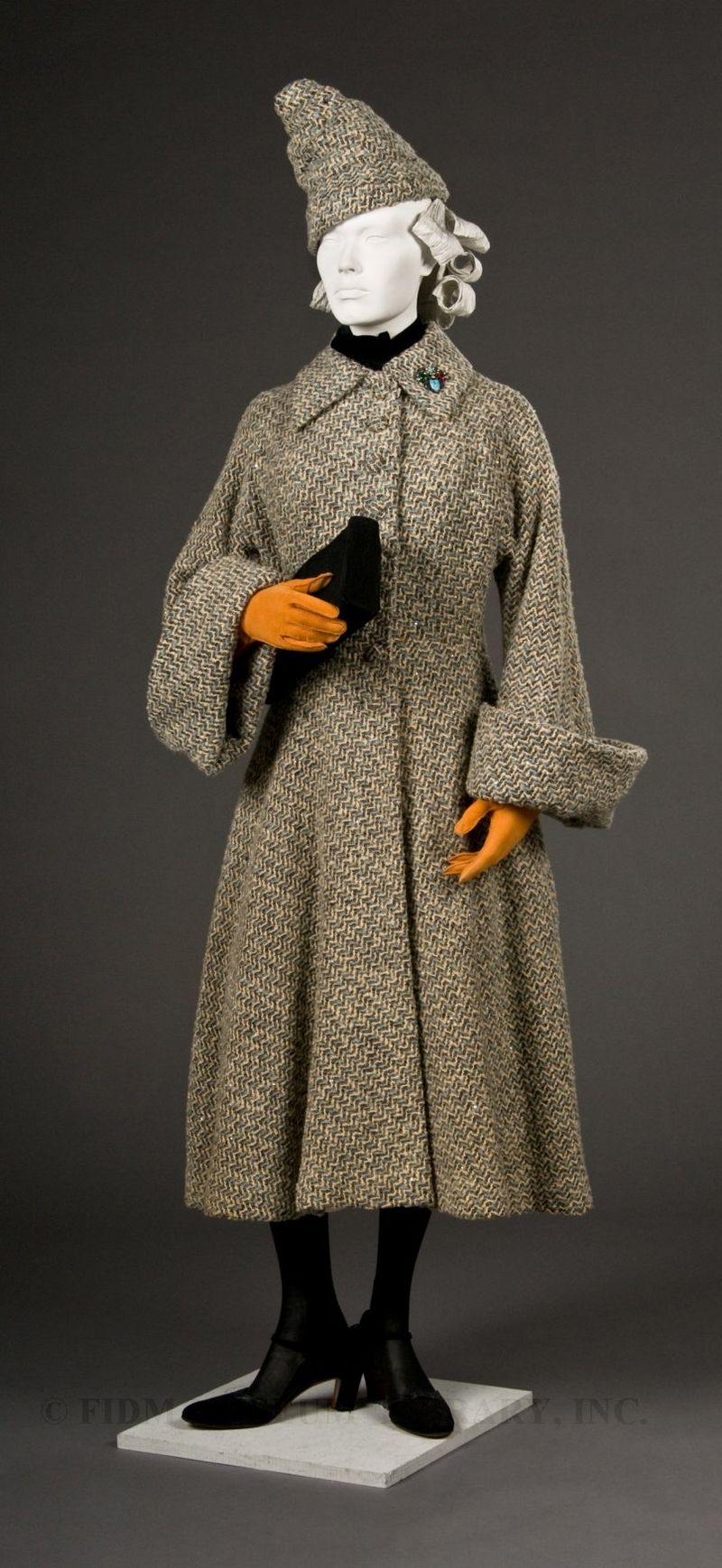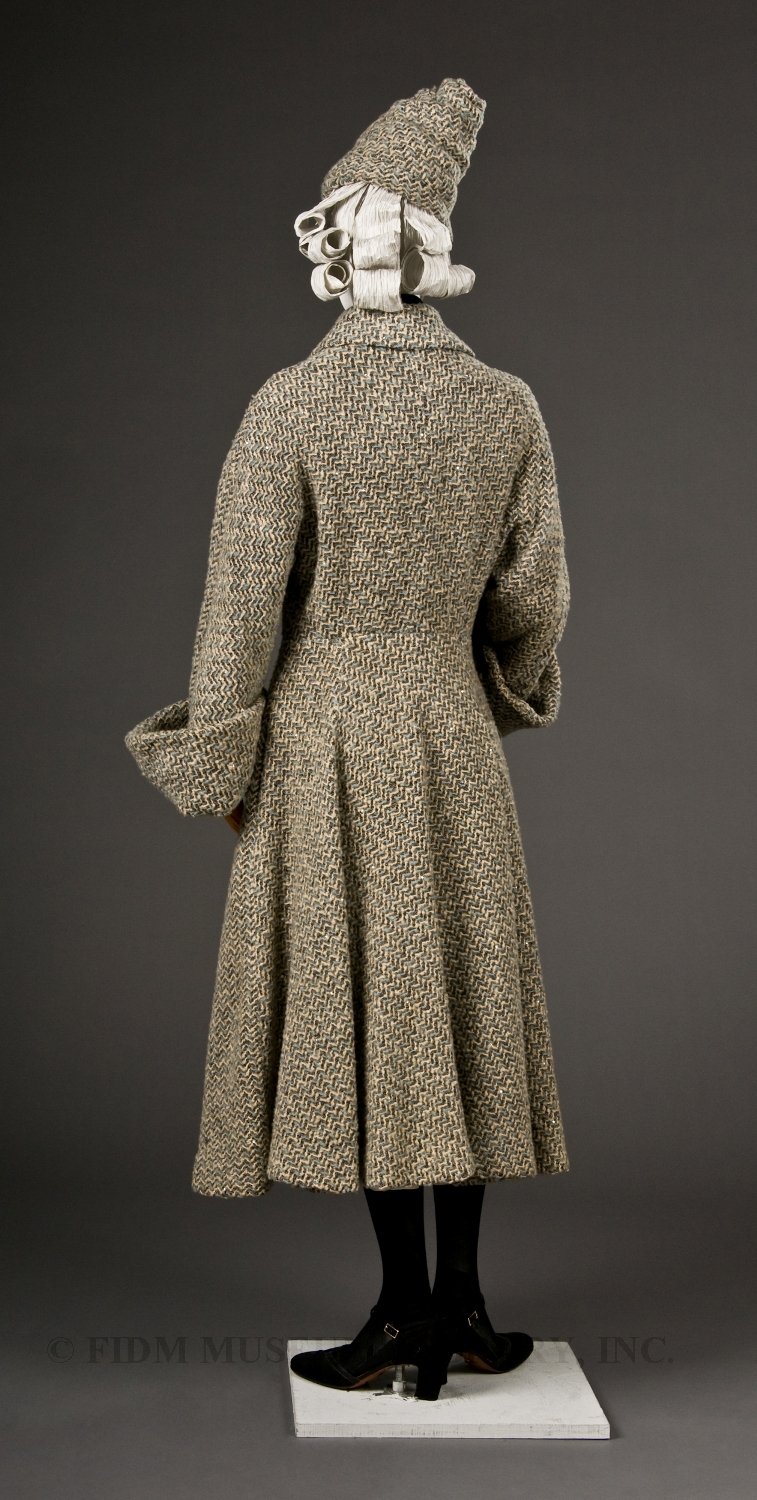Details Make the Woman
During the Great Depression (1929-1941), many women could not afford to purchase new clothing on a regular basis. Instead, women exploited the potential of accessories to update an old frock. Carefully coordinated gloves, hat, handbag and shoes could be used to distract attention from a well-worn day dress or suit. Along with items such as a delicate handkerchief or modest jewelry, these accessories were prized as a means to providing a "moral uplift" in difficult times. Reframing necessity as a virtue, fashion journalists suggested that these "little triumphs" (i.e. accessories) were actually the key to a fashionable wardrobe. Because they framed the face and drew attention away from outdated or worn garments, hats were a focal point of fashion throughout the 1930s. Hat shape was dictated by personal taste and women could choose from a seemingly endless array of available styles. Berets, fedoras, pillbox, platter, and sailor styles were all available, along with many others. Trim was also extremely varied with feathers, bows, beads, artificial flowers or fruit, ribbon and many other whimsical items appearing on 1930s headwear. Many 1930s hats were worn at a jaunty angle. Relatively simple turban shaped hats, as seen in the FIDM Museum example below, were also widely popular.
 Coat and matching hat Wool boucle with rhinestones 1938-39 Gift of Anonymous Donor 2003.40.17AB
Coat and matching hat Wool boucle with rhinestones 1938-39 Gift of Anonymous Donor 2003.40.17AB
As hats became more and more fanciful, garments moved away from the slim, streamlined silhouette popular in the early 1930s. Towards the end of the decade, fashion placed an increasing emphasis on romanticism and historicism, often using 18th or 19th century styles for inspiration. The fitted bodice and full skirt of this soft coat exemplify the feminine fashions of the late 1930s. A predecessor to Christian Dior’s “New Look,” it is a decade too early. The luxurious fabric, long hemline, and glittering rhinestones (on the bodice, but difficult to see in the photos!) would soon be impossible due to World War II rationing. Strict wartime regulation of fabric and trimmings meant that women dressed in sober colors and modest cuts for all occasions. In 1947, the New Look would reintroduce the full-skirted silhouette seen here. This ensemble by an unknown designer foreshadows the nubby fabrics, voluminous shapes, and pastel hues of 1950s fashion.
